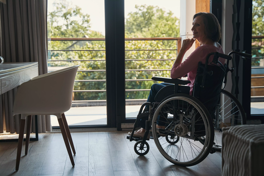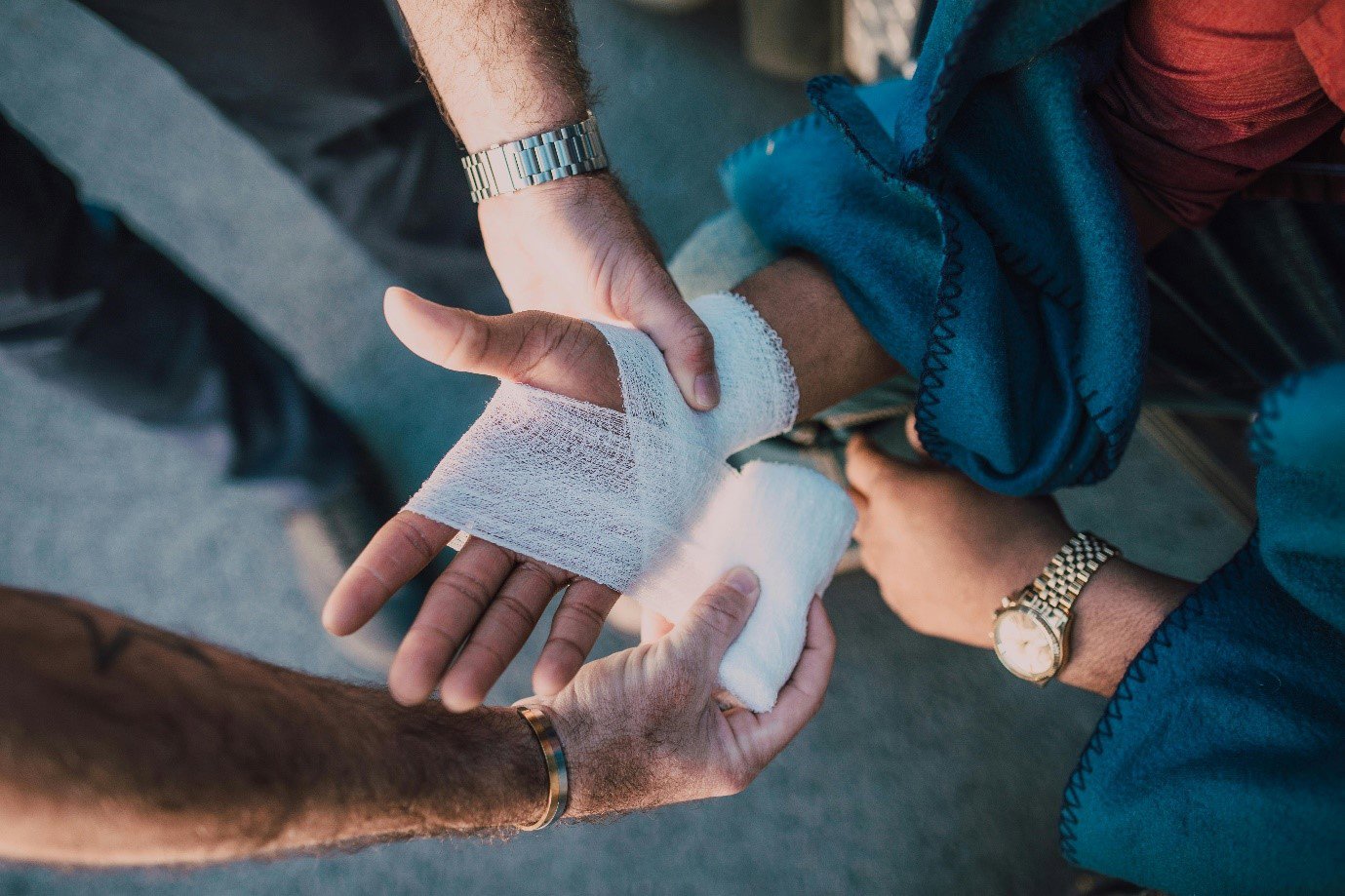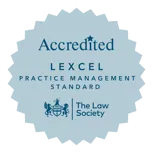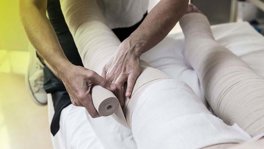What’s Complex Regional Pain Syndrome (CRPS)?
Complex Regional Pain Syndrome (CRPS) can develop after you suffer an injury in an accident. Common triggers can include:
- A musculo-skeletal injury such as a crush injury or injury to the nerve
- Surgery, often procedures to repair fractures or damaged nerves after injuries to hands
- Being immobilised in a cast or splint
- Minor injuries such as a cut to the finger
CRPS can occur in any body part and sadly it can spread. Over the years we have dealt with a number of claims where CRPS has been diagnosed, often in the hands, feet, and knees.
It’s an extremely painful condition that leads to persistent, severe, and often debilitating pain, and something that’s often misunderstood and misdiagnosed.
But as we support CRPS Awareness Month, we want to help raise awareness of CRPS and remind people that it can be caused by even minor injuries.
Our Personal Injury Lawyers have helped many people who have developed CRPS after sustaining seemingly small injuries, so they can get the care, support and rehabilitation they need to live with their condition.
We offer a free claims assessment, so get in touch with us and we’ll be happy to discuss your situation with you and how we can help you. Ask us if we can help you on a No Win No Fee basis.
Symptoms to Look Out for After an Injury
If you suffer an injury and experience severe and persisting pain, there are several symptoms of CRPS to look out for, including:
- A burning, intense stabbing pain
- Experiencing pain from the lightest of touches (known as allodynia)
- An extreme pain response to painful stimulation
- Continued intense pain after an injury, when you’d normally have expected to have fully recovered
- Abnormal swelling in the area affected (known as oedema)
- Skin colour changes, such as mottling, redness
- Excessive sweating in the affected area
- Abnormal hair and/or nail growth
- Abnormal skin temperature in the affected area
- Tender and stiff joints
- Restricted or painful movement
- Cracked, grooved or brittle nails
- Tremors and muscle spasms (known as dystonia)
There are two main types of CRPS and a third sub-type.
Type 1
Where the symptoms come on after a trauma or injury to the affected area, but where there is no actual damage to the nerves. The most common type of CRPS is type 1 and the symptoms can vary between mild to severe.
Type 2
This comes on after a distinct injury to the nerve.
If you experience any of these unusual symptoms or you are suffering with burning and intense pain that doesn’t seem to be improving, we’d strongly recommend you to get medical advice and ask to be referred to your local pain clinic for a diagnosis. The sooner you get a diagnosis, the sooner you can get the treatment you need.
CRPS - NOS (Not Otherwise Specified)
This is a third sub-type which has been added for the diagnostic criteria specialists used to diagnose CRPS (the Budapest Criteria), where some people display some but not all of the signs and symptoms set out in the criteria.
CRPS Treatment
There is no known cure for CRPS, but there are some treatments available including physical treatment and psychological support that can help you to manage the symptoms.
Around 85% of patients with CRPS experience a reduction in their pain after treatment. But there’s no way to know whether or not symptoms will improve.
Treating CRPS involves 4 key areas:
- Learning about self-management techniques
- Reducing the risk of long-term problems
- Psychological support
- Pain relief
Self-management
To help you manage the symptoms of CRPS, there are some things that you can do at home. First, you should start by learning all about your condition and stay informed about what steps you can take to make improvements.
If you can, it’s recommended to stay active and to continue using the body part that’s affected, rather than to stop using it altogether, as this may worsen your symptoms overtime. It may also be useful to look into learning about relaxation methods and desensitisation techniques.
You may also like to look into support groups that may be in your area, so you can meet people who are experiencing similar symptoms to you.

Pain Relief
There are several medications available to treat CRPS. Your doctor may start off with low-strength medications and will increase the strength if it is required. Some medications that are available include non-steroidal anti-inflammatory drugs, anticonvulsants, tricyclic antidepressants, opioids, and spinal cord stimulation.
Some medications can have possible side effects, which your doctor will make you aware of before prescribing. If you experience any side effects that you’re not happy with, you should speak with your doctor to arrange a change in your pain relief.
Rehabilitation
With physical rehabilitation, the aim is to increase your activity and overall function without increasing your pain. While this can be difficult, as moving the affected area can cause pain and an increase in symptoms, but this could result in a better outcome long-term.
Exercises can be a great way to help improve your symptoms. It’s recommended that you participate in gentle exercises such as stretches and hydrotherapy where you exercise in water. Depending on your symptoms, you may be able to do some weight-bearing exercises.
If you experience sensitivity, you may be able to do some desensitisation techniques. This involves touching a body part that is near to the affected body part with a variety of materials and textures. For example, smooth items such as silk and rougher items such as wool, to allow you to concentrate on how it feels and the differences.
You can then eventually start applying those materials to the affected body part, while you try to focus on what they felt like when they were being applied to the unaffected body part. While this process can be uncomfortable and even painful to begin with, it can help to reduce your sensitivity overall.
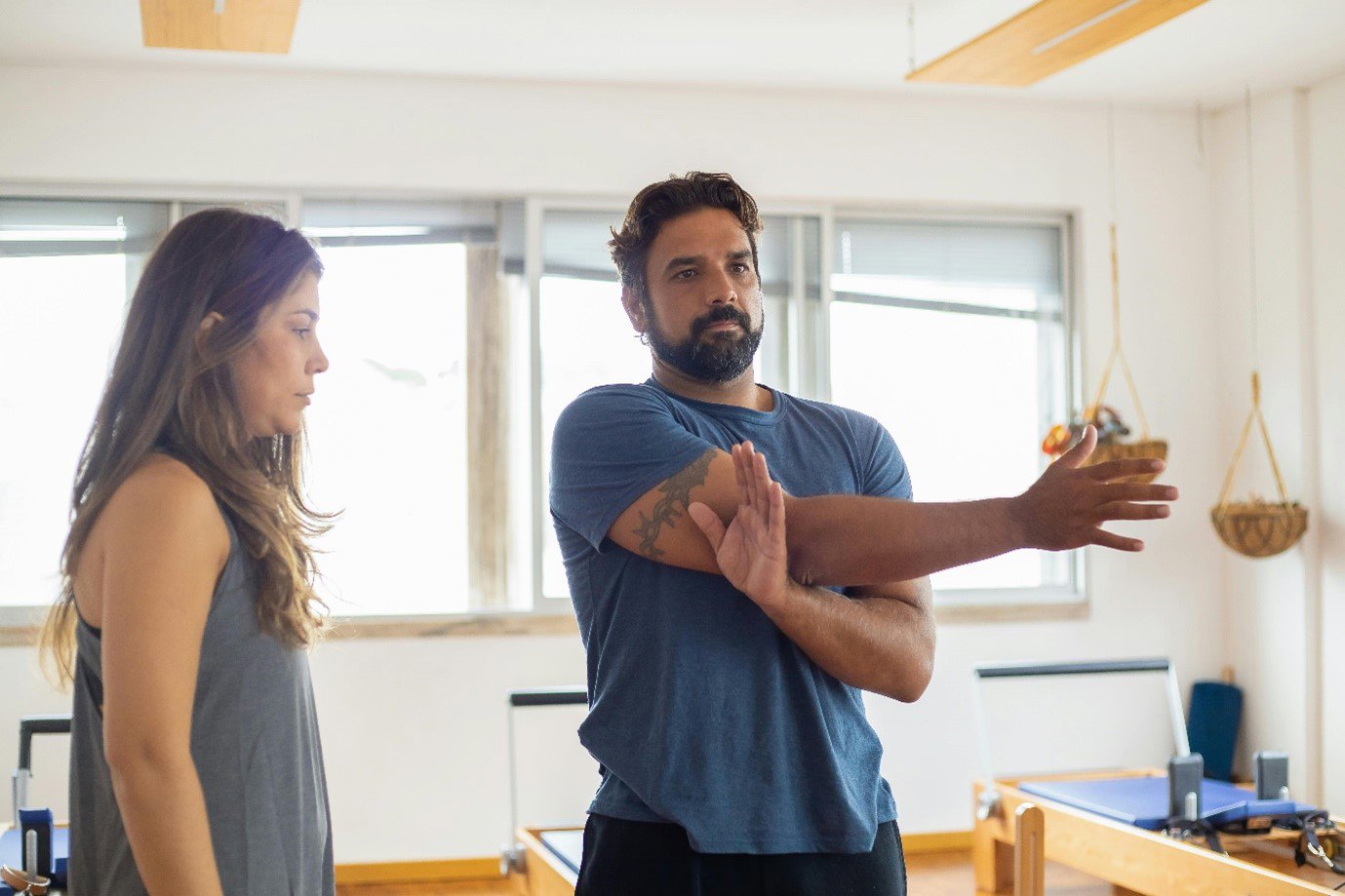
CRPS Case Study
Six-Figure Compensation for Crush Injury to the Hand
We helped a woman claim compensation after she was injured in an accident at work. Ms H, 25, was working as a nurse and had gone into a room to deposit laundry bags when her hand became trapped between a large wheelie bin and the door.
She suffered a crush injury to her hand, and it later began to swell up rapidly. She also started struggling to move her middle and index fingers.
Ms H’s employers sent for an X-ray, which didn’t show up any fracture, but her pain didn’t improve, and she had to have an operation to release the tendon in her injured index finger.
From what seemed to be a minor injury, Ms H began experiencing significant symptoms and was diagnosed with CRPS Type 2, which left her hand in extreme and excruciating pain. The injured hand was visibly swollen in appearance, and she was medically retired from her role as a nurse.
Ms H trialled several pain medications, but these caused terrible side effects. So, to manage the pain and eventually reduce her reliance on heavy opiate painkilling medicines, she opted to have a spinal cord stimulator fitted.
This was a difficult and important decision for Ms H, who at her young age had always planned to have a family. For her, it was crucial to be able to come off the painkillers so she could plan to have a baby without fear that heavy pain medications could cause damage to her child.
The Outcome
With our help, she was awarded a six-figure sum in compensation, which will help pay for her future care needs and help her care for a baby.
Happily, Ms H has since had her first child. She still has the spinal cord stimulator fitted to control the pain and still lives with the pain day to day, but she has learnt to adapt and both mother and baby are doing extremely well.
How We Can Help You
If you had an accident that led to you being diagnosed with CRPS, we can help you to take the best and appropriate action.
Get in touch with our Serious Injury Solicitors today, to arrange a free consultation. We’ll discuss your case in detail to determine how successful your claim would be. If we take on your case and you are happy to proceed, we’ll take the best course of action for you.
We may also be able to help you on a No Win, No Fee basis, so you don’t have to worry about paying the cost of any legal fees unless your case is successful.
